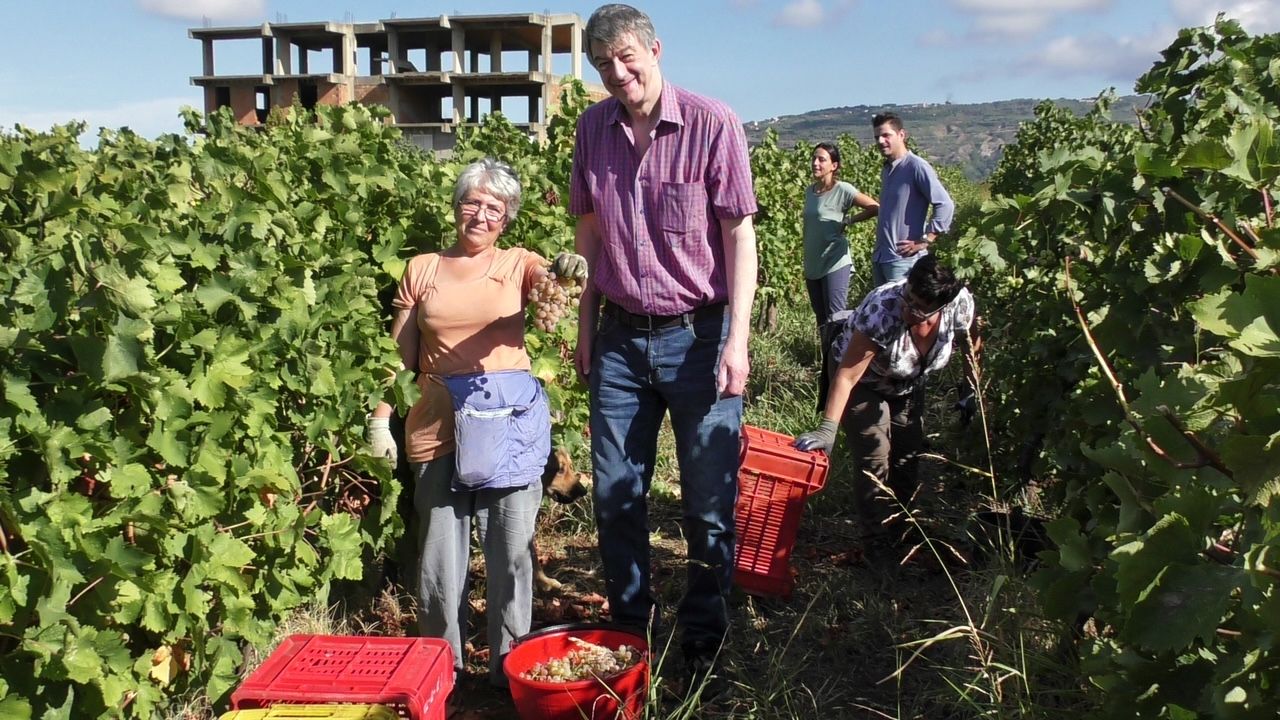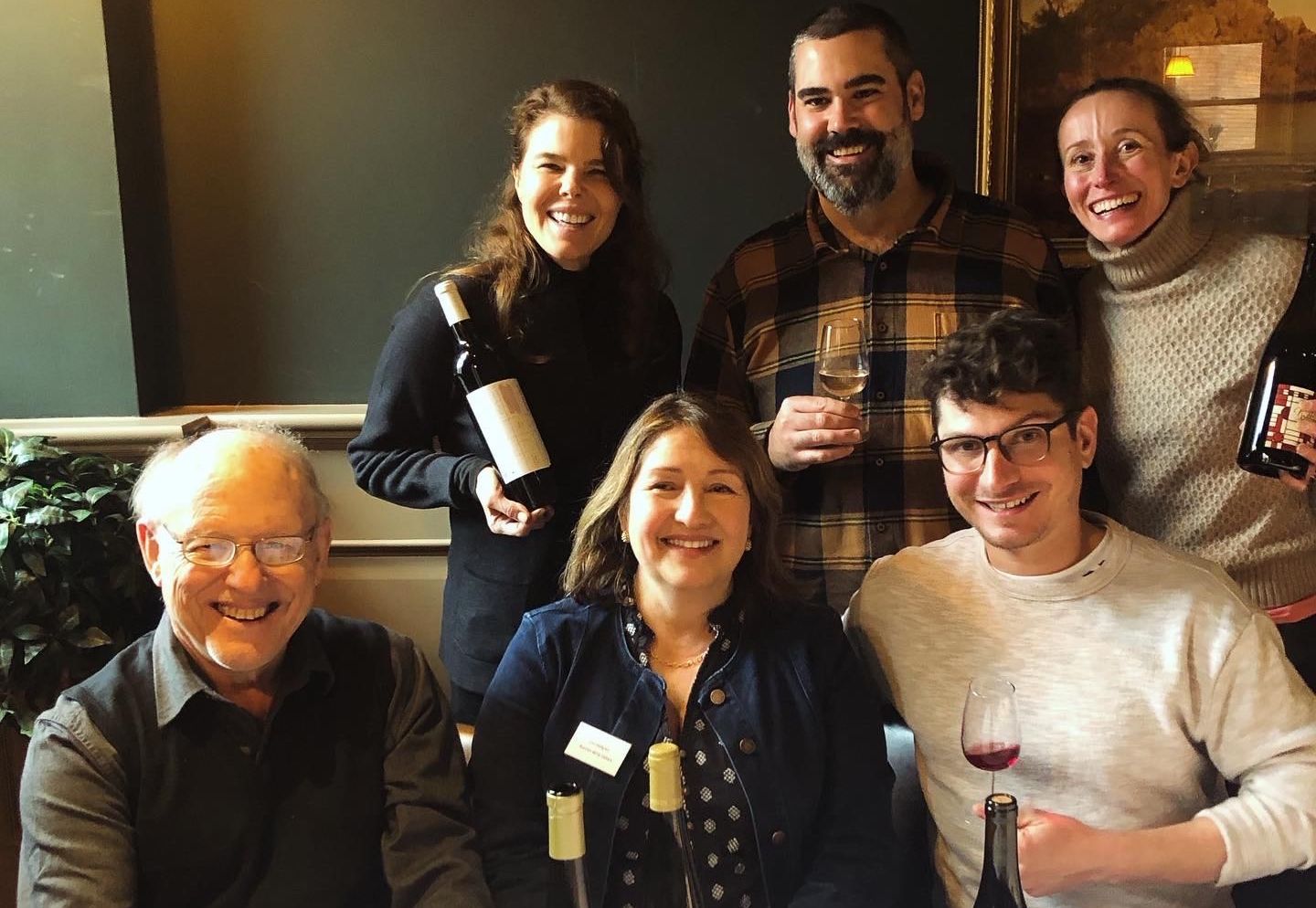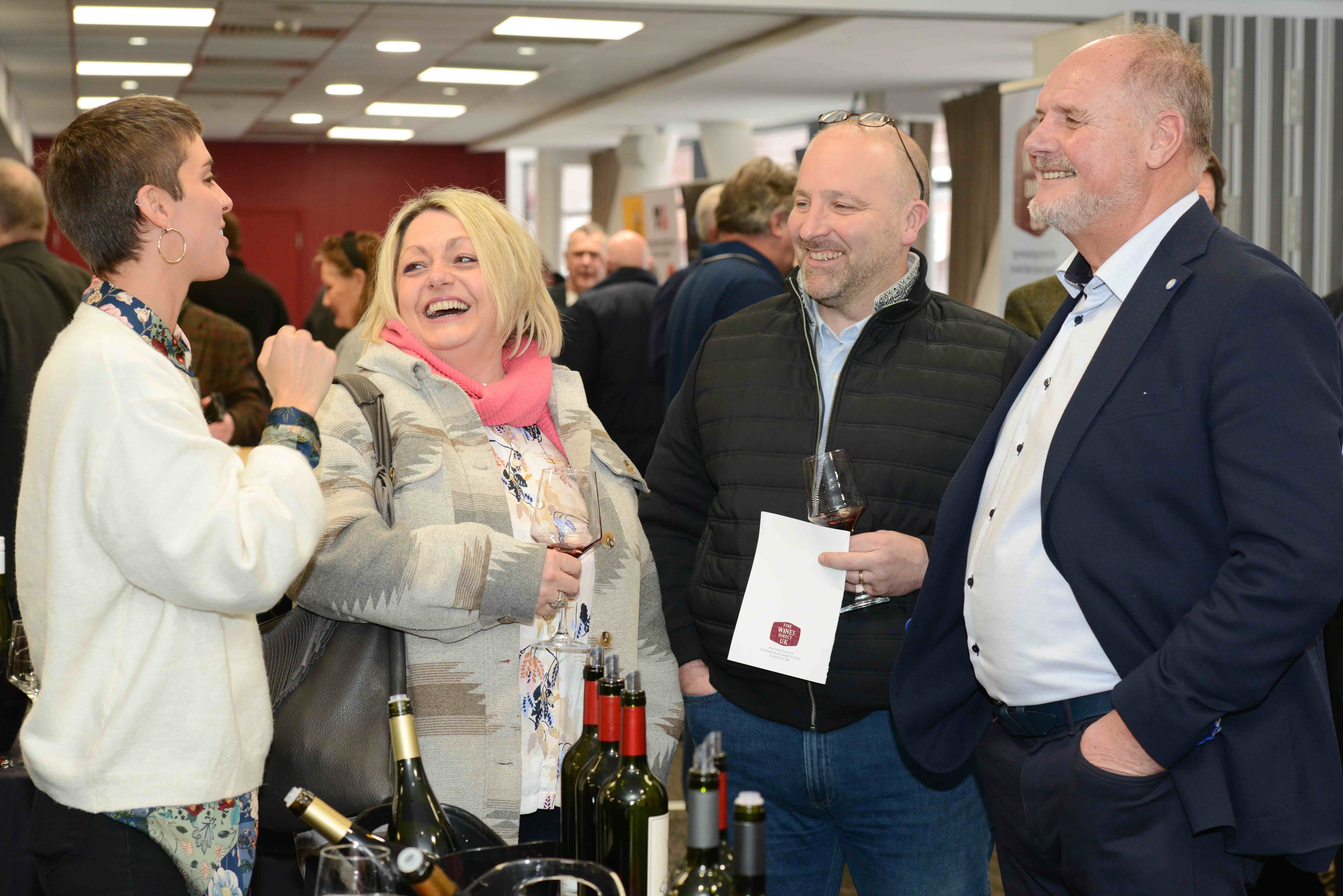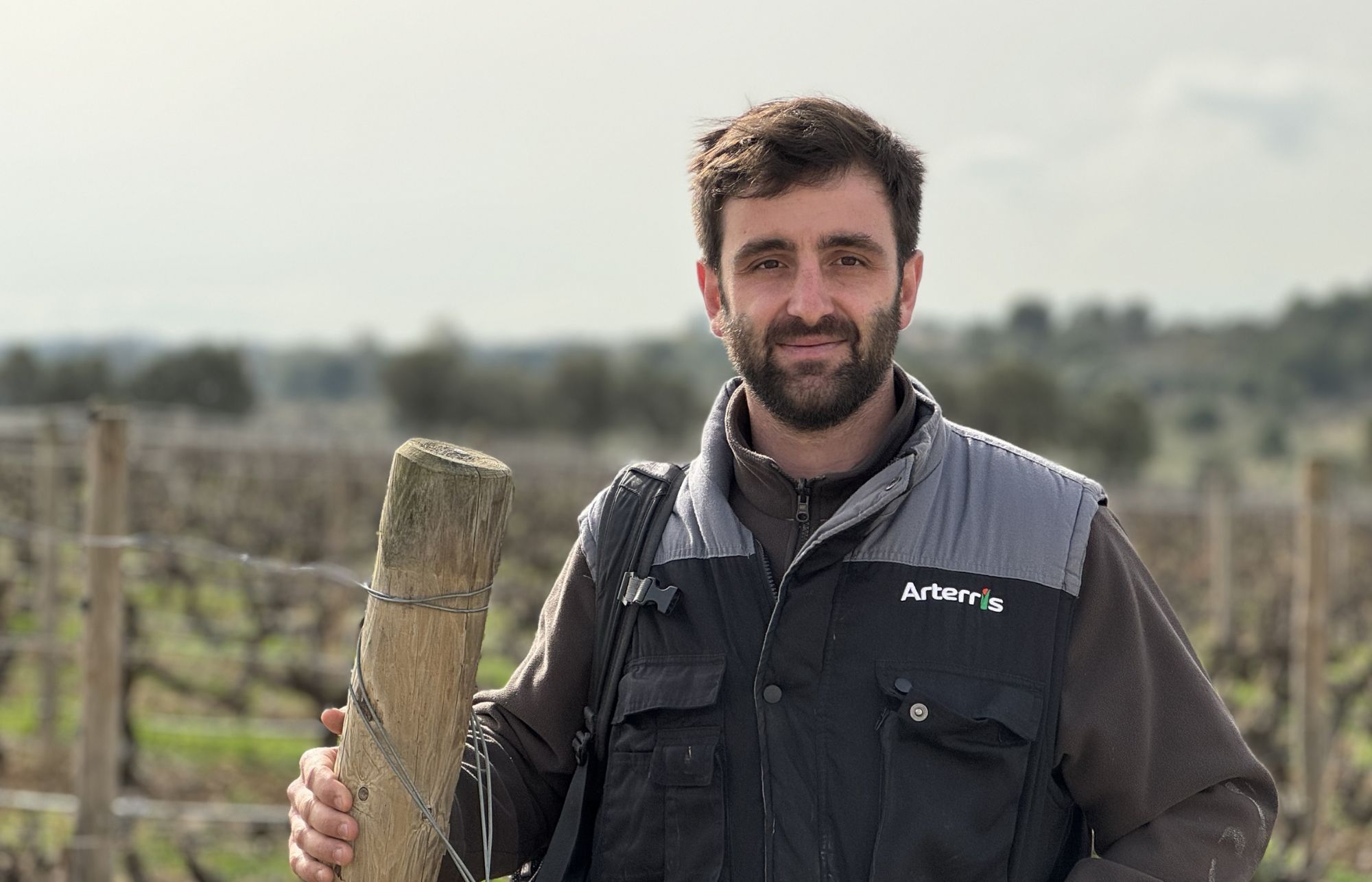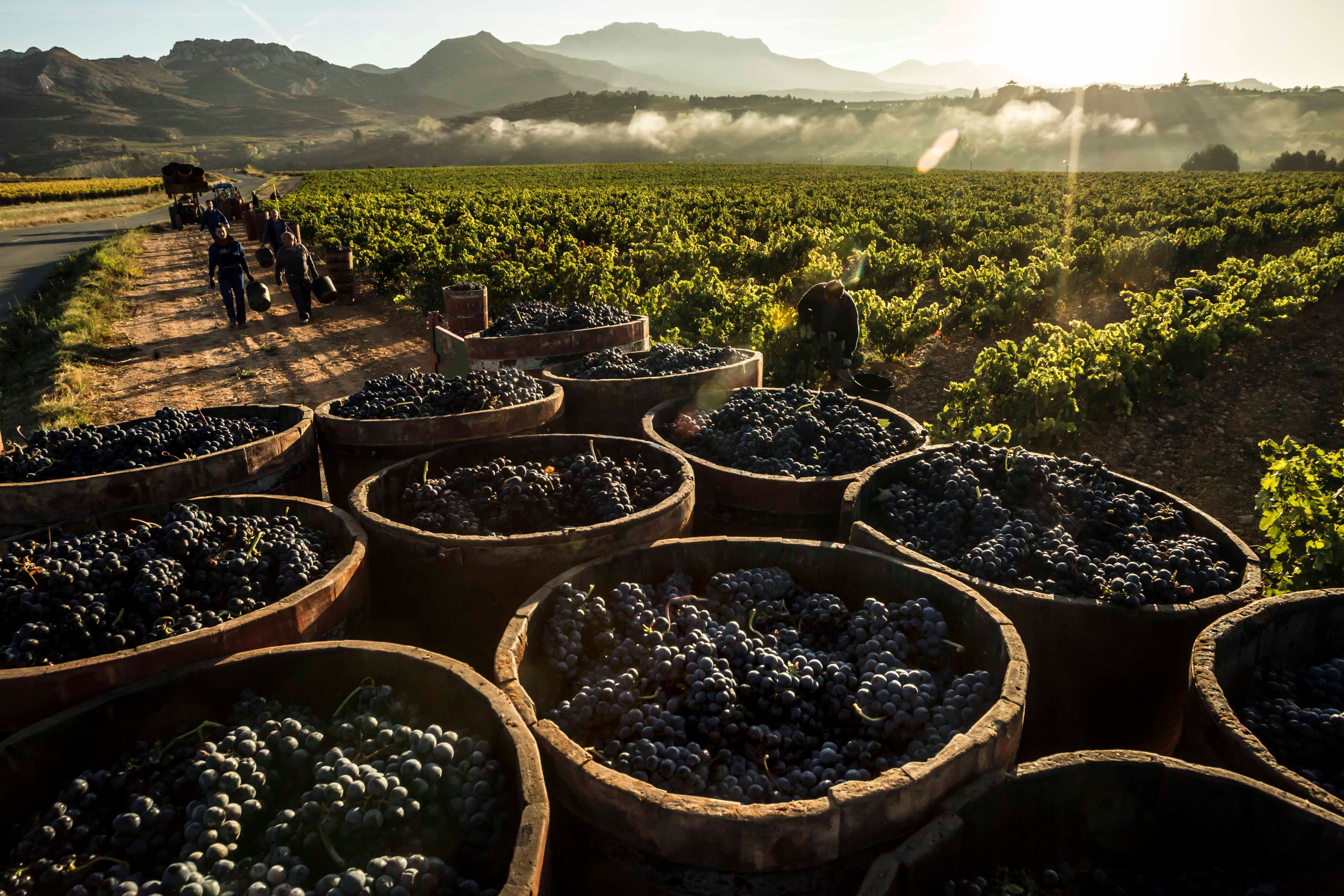GS Wines selects, imports and sells high quality Italian wines from most regions of Italy, mainly sourced from small family run producers with a range covering 26 producers from 12 wine regions and close to 100 wines. Gordon Stuteley explains why he always has his eyes out for a quality Italian blended wine. You can register for its Italian Wine Trade Tasting event in London October 25-26 here.
In the middle of the last century, we Brits generally had little idea about the wine(with names like Chablis or Medoc etc) we were consuming: was it was made from a single grape variety or a blend of several.Then Australia introduced us to pleasant wines with grape variety at centre stage – now we were confidently ordering Shiraz, Cabernet, Chardonnay.But we were we any wiser about blended wines?
What is a blend?It sounds quite simple, doesn’t it?According to Italian sommelier and wine expert Giusy Andreacchio, blending a wine can include any of the following – a blend, of different grape varieties, of parcels of the same grape variety, different vintages of the same wine, or even of the same wines matured in different types of barrels and ageing conditions! In general, we would expect that blending would create a wine which is better than its individual components. For the purpose of this article, a blended wine is made of more than one grape variety.
Why do winemakers blend wines?Blending of wine appears to stretch back thousands of years. The original reason might be that winemakers used blending as an insurance policy!Weather can be fickle: frost can cause havoc to early budding vines; cold/wet autumns can mean that some grapes never properly ripen. If you planted a mixture of grape varieties, with different cycles, then you spread the risk and, even in difficult years, you could hope to get something drinkable at the end of it.
An important concept in blending wine is that of creating a balanced wine: where all the components of the wine (acidity, sugar content, flavours, fruitiness, alcohol, tannins, body) come together to create the best possible wine.However, the rationale for blending can include many things. Some follow tradition – the blend has been proven to work over time e.g. Valpolicella, typically made from a blend of four grape varieties.
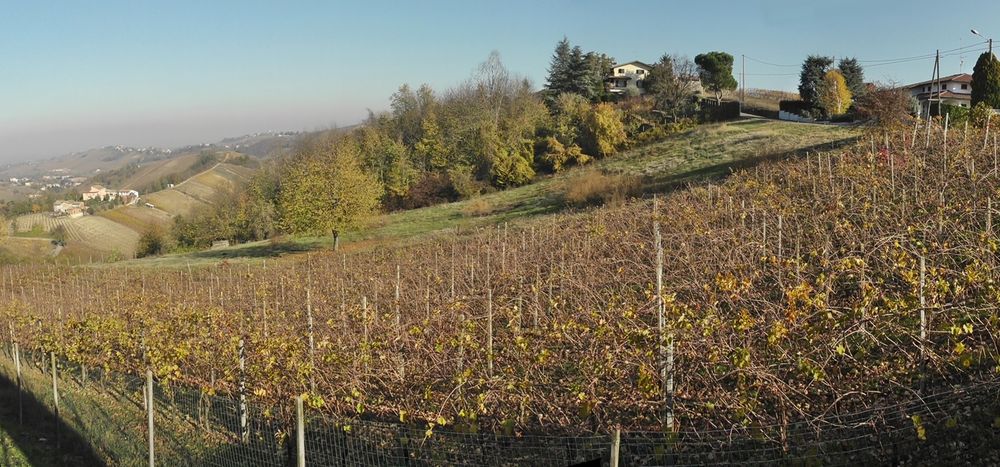
Autumn at Maggi Francesco vineyard in southern Lombardy – part of GS Wines and available to taste at its October 25-26 London tasting
To achieve DOC accreditation, which is a quality benchmark, you have to follow the rules of that DOC (which grape varieties are permitted and in what proportions– with usually some flexibility). Enthusiastic winemakers, particularly new entrants, might experiment to see if blending certain grapes to create a novel blend results in an exciting new wine. When a trailblazer is successful such as the introduction of super quality Super Tuscans (controvercial at the time as these broke the DOC rules in terms of the grape varieties used), then other wineries are likely to try their hand at something similar.In the right hands, Super Tuscans can turn out to be outstanding wines such as award winning Le Sorgenti‘Scirus’ Toscana Rosso from Colli Fiorentini (blend of Cabernet, Merlot, Petit Verdot, Malbec).
The above considerations tend to relate more to market and historical considerations, but there are more practical vineyard considerations.
My principal grape is lacking something
Croatina is a grape from Lombardy and Emilia Romagna with lovely red berry flavours, but to make an ageworthy wine, it needs boosting. For example, Barbera adds acidity and oak-ageing to boost the tannin levels). A superb example of a Croatina blend is Maggi’s Buttafuocco Storico (Croatina, Barbera, Uva Rara and Vespolina).
Nerello Mascalese, the main grape in Etna Rosso DOC wines, can make excellent pale coloured, elegant wines.Typically Nerello Cappuccio is added to enhance the colour and aromatics, as can be seen in wines such as Fischetti’s Muscamento Etna Rosso.(In Calabria, Nocera, a robust, deep coloured variety is sometimes added to Nerello to add colour and body – but whilst producing an excellent result, is not a recognised blend).
My principal grape has too much of something
Several of the great Bordeaux blends rely on taming some of Cabernet Sauvignon’s high tannin concentration with addition of fruity Merlot or Malbec.This can be seen repeated in some Italian wine (e.g. some Super Tuscans), and elsewhere where Cabernet might be tempered with other international and local grapes, such as in Zagarella’s Terragrande (Merlot, Cabernet and Nero d’Avola).
My principal grape is a bit one-dimensional

Trebbiano d’Abruzzo
Not all grape varieties explode with riots of flavour. Trebbiano d’Abruzzo is a good grape variety: it usually produces light wines which display mild stone fruit and floral notes.However, if aged in oak along with other grapes from the region such as Pecorino (which can exhibit citrus and tropical fruit notes), a really complex and satisfying wine can result. Trebbiano Toscana (a high volume producing grape with a rather bland flavour) is a constituent of Umbria’s Orvieto – by blending it with the more zesty and fruity Grechetto, excellent white wines can be produced.
My principal grape is difficult
This is probably the least common reason, but I know of at least one winemaker who finds Rhine Riesling difficult to grow in sufficient volume in his estate. Thus for practical reasons,he adds Italian Riesling to it, to make it go further!And his wine, Maggi Essenza Riesling works very well!
Let’s do something different
Sajni e Fasanotti daringly blend Rhine Riesling with Pinot Bianco in their Conte Alessandro Bianco, to create an interesting, elegant fruity white wine.Pagnancelli Folceri add 15% Moscato di Scanzo to Merlot to add vibrancy and structure, and boost the sweet fruit notes of their Rosso di Sera.
As summed up by Giusy Andreacchio, “blending allows the winemaker to make a bespoke wine which has balance and harmony and allows for greater creativity, using the almost limitless variables available to the winemaker”.Italy has a reputation for producing wines with flair and flavour and can offer a surprising array of ‘Brilliant Blends’.
Italian Wine Journey (Edition 3) – Italian Wine Trade Tasting by GS Wines & Beacon Italy
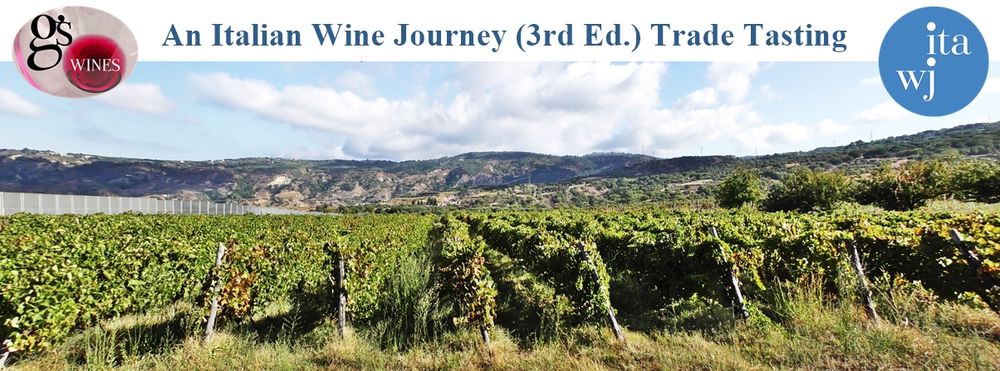
25 October 2022. 10.30am – 6.00pmand26 October 2022. 10.00am – 4.00pm (last entry). St. Peter’s Vauxhall, 310 Kennington Lane London SE11 5HY. REGISTER HERE
From Arvisionadu to Zagarella. You can taste over 50 quality Italian wines from 15 wineries covering nine regions of Italy. The winemakers attending include: Sajni e Fasanotti (Trentino) – Serralunga Casamia Luigi Vico (Piedmont); Caminella – Caven – Maggi Francesco – Pagnoncelli Folcieri – Scolari – Gralò (six from Lombardy); Fiorotto (Veneto) – Celli (Emilia Romagna); Le Sorgenti – Orlandini (two from Tuscany); Cantina Dessena (Sardinia) – Zagarella (Calabria) – Fischetti (Sicily)
Sign up for Masterclasses led by Luciana Girotto, Giusy Andreacchio and Gordon Stuteley.
- October 25: 12:30pm to 13:30pm‘Italy’s Brilliant Blends’(a look at some interesting blends and the rationale behind these)
- October 25: 3:00pm to 4:00pm‘Italian Venerable Grapes’ (tasting examples of wines made from prominent and much loved Italian grapes (e.g. Nebbiolo, Sangiovese etc).
- October 26: 2:00pm to 3:00pm ‘Similarity and diversity of Italian Wine: North vs South’ (here we taste a range of wine styles and flavours from north and south and contrast them).
To register for a place on a Masterclass, please email (first come first served) gswinesuk@gmail.com.
